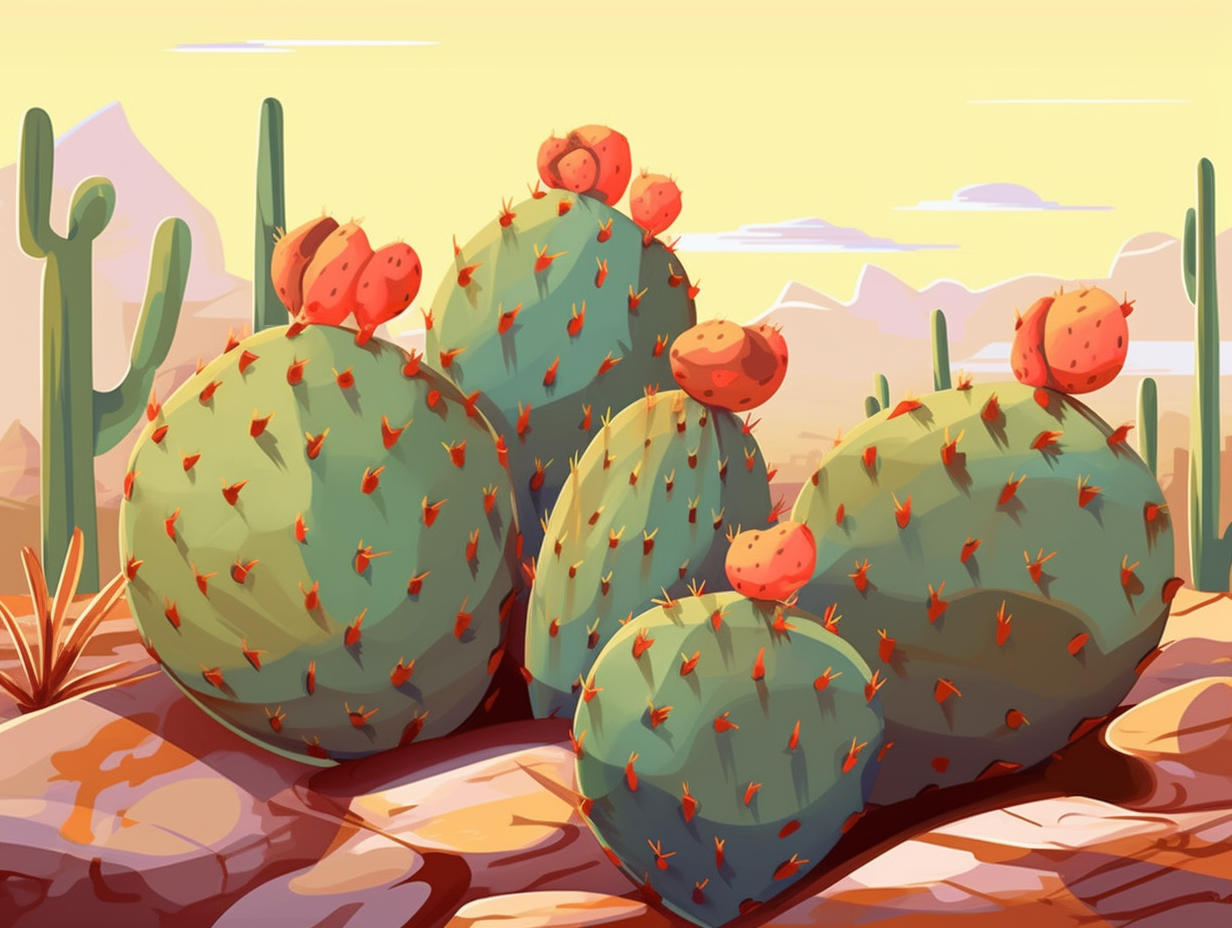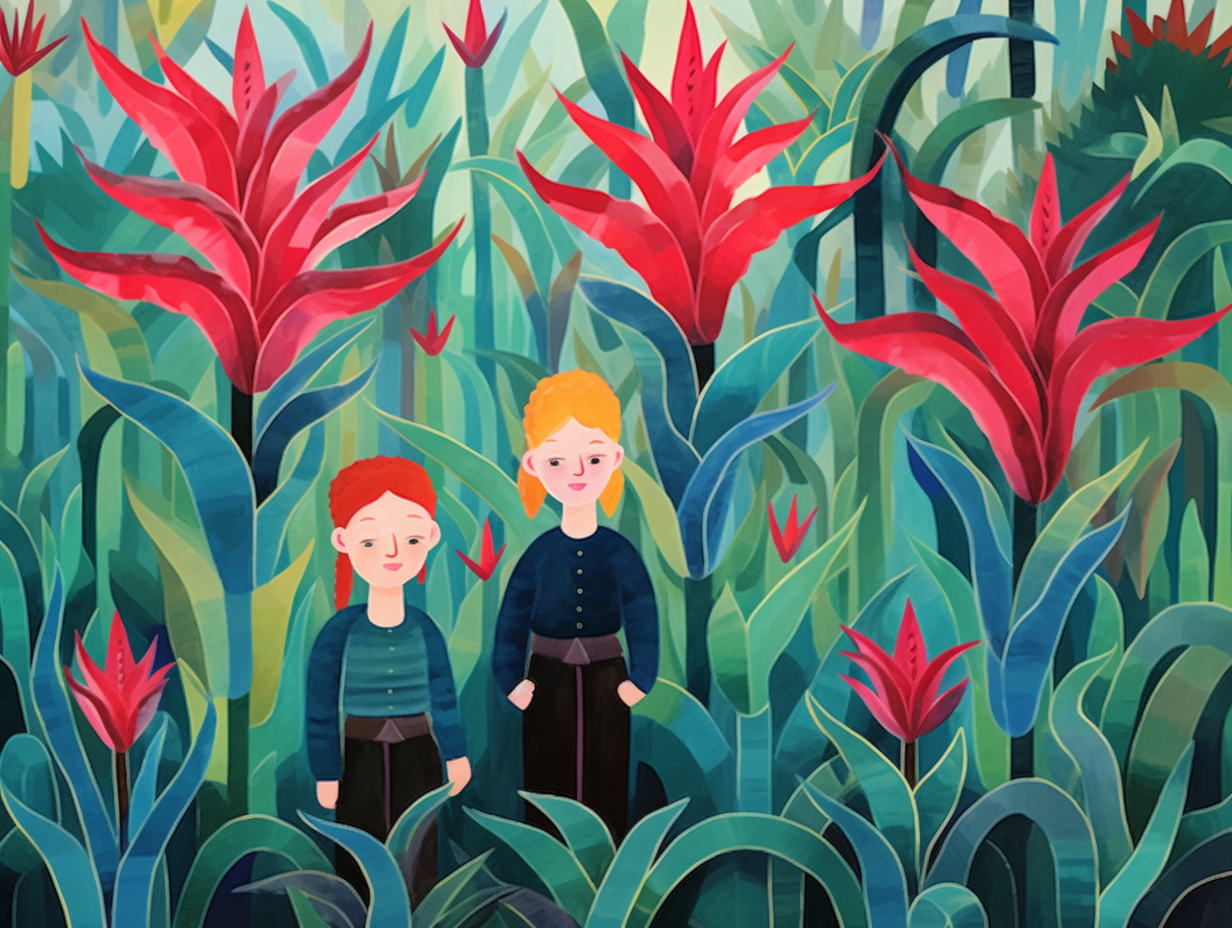Discover 10 Amazing Fun Facts About the Prickly Pear Cactus – You'll Be Astounded!

1. Prickly Pear Palate-Pleaser
Giving melons a run for their money and watermelons a reason for an identity crisis, meet the prickly pear, a desert sweetheart with an unexpected culinary twist: With a flavor comparable to its fruity cousins, this versatile cactus gem offers its subtly sweet charm to dishes like candies, jams, jellies, salad dressings, and can even spike your spirits in a prickly pear margarita.
Source => delacalle.mx
2. Hangover Hero
In a twist straight out of a wild west movie, this unassuming, pokey plant might just be the hero we need after a night of too many saloon showdowns: The prickly pear cactus, native to the southwestern US and Mexico, contains polyphenols with antioxidant properties that some studies suggest can potentially reduce hangover severity and inflammation levels, although further research on its efficacy as a hangover remedy is still needed.
Source => omre.co

Discover how some cactus species on the Galapagos Islands have evolved unique techniques to outgrow and outsmart their main predators, including growing 40-feet tall or teaming up with frigate birds for protection! 🌵🐢🦜
=> Fun Facts about Cactus
3. Night Owl Plant
When the prickly pear cactus throws a party, it's strictly a nighttime affair: This clever cactus gathers carbon at night when the air is cooler, utilizing a unique adaptation called CAM photosynthesis, allowing it to conserve water and thrive even in the harshest, arid environments.
Source => bioweb.uwlax.edu
4. Mexican Cuisine's Succulent Star
Who knew that a prickly situation could be so tasty? Apparently, the prickly pear cactus has a sweet side too: The Opuntia ficus-indica species is grown for its delicious fruits called tunas and edible pads known as nopales, making it a succulent star in Mexican cuisine.
Source => gardenia.net

5. Dr. Delicious Cactus
Move over, Dr. Cactus: we've got a new medicine man in town! With a PhD in deliciousness, this prickly powerhouse can cure a wide range of flavor cravings from savory soups and stews to sweet and tangy treats: The prickly pear cactus has been used by indigenous peoples for centuries, offering its mucilaginous-textured pads as ingredients for dishes, while its fruits have been transformed into delectable jams, jellies, and syrups.
Source => gardenerspath.com
6. Thorny All-Rounder
You might mistake it for a mere thorny pain in the posterior, but the prickly pear cactus sure knows how to dye laughing: Not only did the Spaniards covet its red and scarlet hues for vibrant clothing, but it also holds medicinal properties, controls diabetes, aids in wound-healing, and puts burglars on pins and needles with its spiky defense!
Source => chron.com
7. Rodent Fortress and Grocery Store
Who knew that the prickly pear cactus doubles as a grocery store and a rodent's fortress of solitude? Just call it the Jack of all trades in the plant world and a friend of the eclectic culinary connoisseur and pack rats alike: As the official State Plant of Texas, prickly pear cactus boasts not only beautiful flowers for pollinators, but its pads can store water and be cooked into a delightful dish called Nopalitos, while its fruit can be enjoyed as "pear apples" or "tunas." Seriously, there's no sticking point with this versatile, moisture-conserving green giant.
Source => reporternews.com
8. Bee Hotel Hideaway
Who needs a bee hotel when you've got a prickly pear penthouse? These spiky green pads are the ultimate buzzworthy resort for our pollen-loving pals: Hosting a whopping 56 different bee species, the prickly pear cactus crops on the Mexican Plateau double as biodiversity reservoirs, conserving pollinator populations and nourishing the local ecosystem – proving that sometimes, the best way to be(e) eco-friendly is to let nature prick pointed paths to paradise.
Source => sciencedirect.com
9. Cancer-Fighting Cacti
Who said cacti only give you a prick? Turns out, they're hiding some life-saving goodness inside their thorny exterior: Prickly pear cactus is packed with flavonoids that have been proven to halt the growth of cancer cells, potentially lowering one's risk of developing breast, prostate, stomach, pancreatic, ovarian, cervical, and lung cancers.
Source => stylecraze.com

10. Wild West Multitasker
Behold the prickly pear cactus, the unsung hero of the Wild West – bravely providing nourishment, healing, and even fashion advice to indigenous peoples: Prickly pear fruits, or nopales, were a food staple and also used for medicinal purposes like treating wounds, reducing swelling, and boosting milk flow in nursing women, according to American Indian Food and Lore by Carolyn Niethammer. Plus, the spines made handy needles, and the vibrant red-purple juice served as a natural textile dye, as mentioned in Native American Cooking by Lois Ellen Frank.
Source => aihd.ku.edu
Related Fun Facts




















